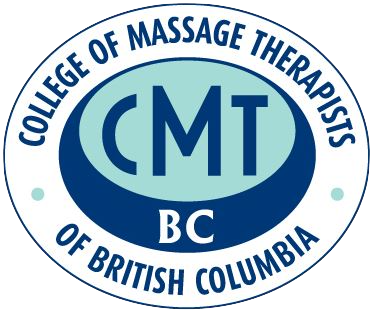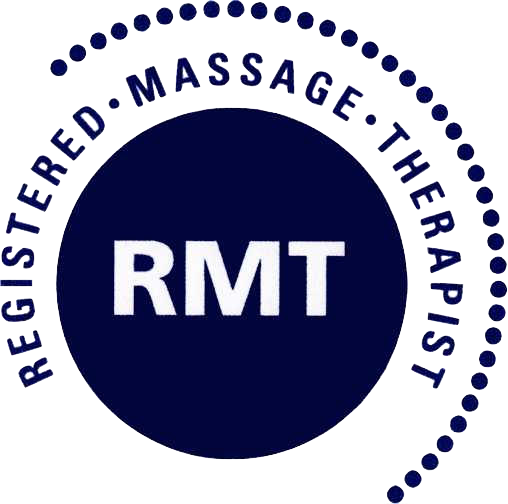The goal of prenatal massage is very comparable to regular massage. It is used to reduce stress, decrease symptoms of depression, relieve muscle tension and joint pain, improve labor outcomes, and develop both your newborn’s health as well as your overall health. Although this is known, many women still question the safety of massage during pregnancy. The American Pregnancy Association (APA) stated “Modern investigation and research is proving that prenatal massage therapy can be a very instrumental ingredient in women’s prenatal care.”
Effects of Massage During Pregnancy
The University Of Miami School Of Medicine compiled a list of possible positive effects of prenatal massage, which include: lowered anxiety, decreased back and leg pain, improved sleep, and decreased stress levels. In an article released to the National Center for Biotechnology Information, the National Institute of Health Public Access (NIHPA) stated “In many studies massage therapy has been known for reducing anxiety.” In the study they conducted, pregnant women’s partners massaged them from a side-lying positions during the first 15 minutes of every hour of labor. The women experienced less pain and, on average, their labors were three hours shorter and they had less need for medicine.
The APA refers to a study they did on hormone levels associated with relaxation and stress. In women who received bi-weekly massages for only five weeks, stress hormones were reduced and dopamine and serotonin levels were increased (low levels of these hormones are associated with depression). These changes in hormone levels led to fewer complications during birth and fewer instances of newborn complications. They came to the conclusion that incorporating therapeutic massage into regular prenatal care extremely benefits both maternal and newborn health.
Types of Massage
There are more than 80 types of massage taught in roughly 1,300 massage therapy programs in the U.S. Examples include:
- Deep Tissue Massage- firm strokes pressing deep into your muscles
- Swedish Massage- long strokes to muscles and attention to joint mobility
- Shiatsu Massage- pressure and tapping on acupressure points to stimulate the body’s natural energy
Swedish massage is the recommended prenatal massage method because it addresses many common discomforts associated with the changes brought on by hormone shifts during pregnancy. Other types of massage can be harmful if used during pregnancy, because they use too much pressure.
Although most training institutes teach massage therapy for women who are pregnant, it is recommended to find a massage therapist who is certified in prenatal massage. According to the baby center a trained prenatal massage therapist knows where a pregnant woman’s sore spots are likely to be and may be able to provide some relief. (She’ll also know which areas and techniques to avoid.) Still, it’s very important to communicate with her and tell her where you need more attention. Let her know right away if anything during the massage – including your positioning – is causing you any discomfort.” Communication is key during a prenatal massage to make sure you are comfortable at all times.
A pregnancy massage expert will adapt their techniques to address the changes a woman’s body goes through during pregnancy. To be safe, pregnancy massage experts avoid deep massage and strong pressure on the legs and other areas. Using strong pressure could dislodge a blood clot. Instead, they use very light, slow strokes on the legs.” Very light pressure is recommended on the abdomen if the stomach is massaged at all. Not all massage therapists will massage the stomach some will avoid it all together.
Risks
Although there are plenty of reasons to get prenatal massage it can be risky in some situations. For example:
- Avoid being massaged in an area where you have a blood clot or a bone fracture
- Avoid massage on any are where you have a skin injury or condition that could be aggravated by rubbing
- Burns, open wounds, skin infections, or eczema.
- Avoid massage all together or tell your massage therapist if you are allergic to any oils that could be used during your massage.
- Under all circumstances stay away from hot tubs, saunas, and treatments such as hot wraps that can make you overheat, which can cause serious problems for you and your baby
- Women in high risk pregnancies should consult their doctor or midwife before beginning a massage therapy program
Massage therapy is a tried and true way to get relief from physical ailments, especially those related to pregnancy. Ask your doctor if it is safe for you to take part in massage therapy to reduce any discomfort you may be in, and always communicate with your massage therapist if anything doesn’t feel right.
Article Author: Shelly Jackson is a Registered Massage Therapist and owner of Buena Vista Massage Therapy Clinic in Vancouver, BC. On a daily basis we deal with: resolving muscle and movement stiffness and pain; injuries from vehicles or sports; post breast cancer rehab; pregnancy related discomfort; repetitive strain and overuse injuries. We work with clients to reduce their anxiety and stress, improve joint movement, sleep and quality of life. Working with qualified massage therapists is necessary for your continued health. Contact us at 604-538-7166 and we would be happy to answer any questions you have.
Photo Source: courtesy of Stuart Miles / Free Digital Photos



